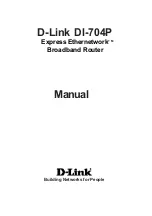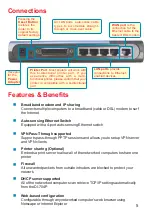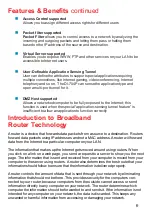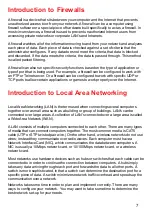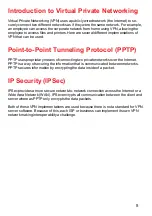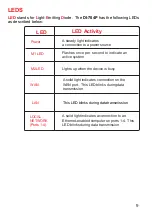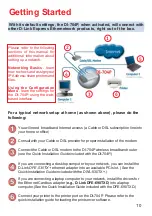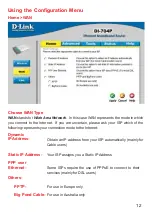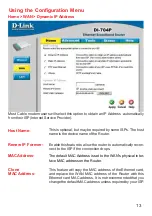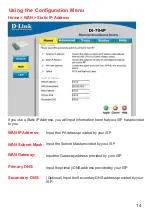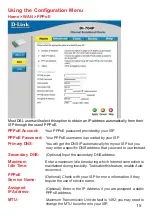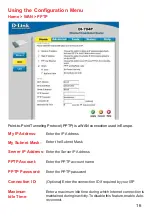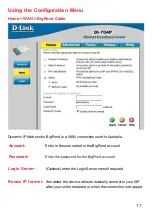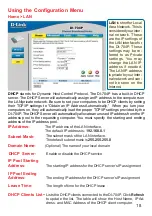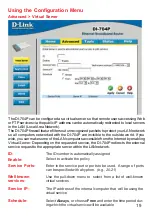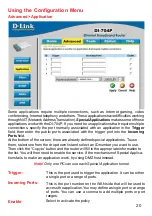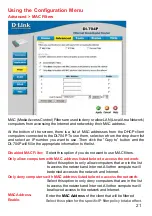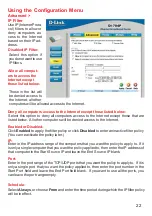
7
Introduction to Firewalls
A firewall is a device that sits between your computer and the Internet that prevents
unauthorized access to or from your network. A firewall can be a computer using
firewall software or a special piece of hardware built specifically to act as a firewall. In
most circumstances, a firewall is used to prevent unauthorized Internet users from
accessing private networks or corporate LAN's and Intranets.
A firewall watches all of the information moving to and from your network and analyzes
each piece of data. Each piece of data is checked against a set of criteria that the
administrator configures. If any data does not meet the criteria, that data is blocked
and discarded. If the data meets the criteria, the data is passed through. This method
is called packet filtering.
A firewall can also run specific security functions based on the type of application or
type of port that is being used. For example, a firewall can be configured to work with
an FTP or Telnet server. Or a firewall can be configured to work with specific UDP or
TCP ports to allow certain applications or games to work properly over the Internet.
Introduction to Local Area Networking
Local Area Networking (LAN) is the term used when connecting several computers
together over a small area such as a building or group of buildings. LAN's can be
connected over large areas. A collection of LAN's connected over a large area is called
a Wide Area Network (WAN).
A LAN consists of multiple computers connected to each other. There are many types
of media that can connect computers together. The most common media is CAT5
cable (UTP or STP twisted pair wire.) On the other hand, wireless networks do not use
wires; instead they communicate over radio waves. Each computer must have a
Network Interface Card (NIC), which communicates the data between computers. A
NIC is usually a 10Mbps network card, or 10/100Mbps network card, or a wireless
network card.
Most networks use hardware devices such as hubs or switches that each cable can be
connected to in order to continue the connection between computers. A hub simply
takes any data arriving through each port and forwards the data to all other ports. A
switch is more sophisticated, in that a switch can determine the destination port for a
specific piece of data. A switch minimizes network traffic overhead and speeds up the
communication over a network.
Networks take some time in order to plan and implement correctly. There are many
ways to configure your network. You may want to take some time to determine the
best network set-up for your needs.

